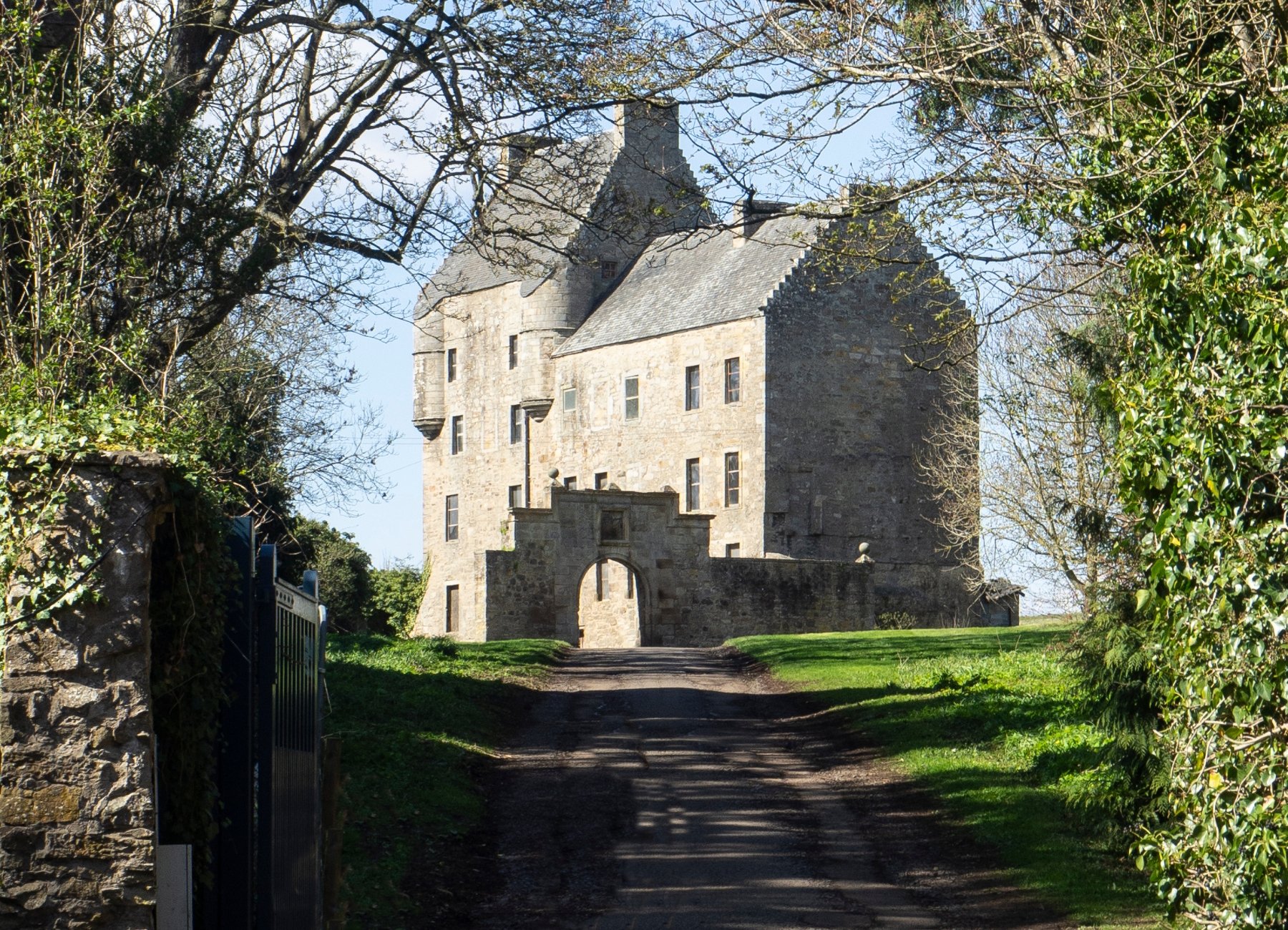Discover Over 5,000’s Years of History on the Isle of Orkney, Scotland
Orkney is a place like no other. It will leave you astounded and contemplative of the thousands of years of history that have come before you and the structures that your ancestors created.
In this article we’re diving into the must-see locations on Orkney, the history of the island in general and some reasons why you have to come and see it on your next trip to Scotland!
At Scotland’s Wild, we’ve led thousands of trips through Scotland & share stories to bring people to this incredible country!
If you’d like to check-out our selection of tours, from day trips to islands hopping multi-day adventures - click here.
Introduction to Orkney's Ancient Past
Orkney is an archipelago off the north coast of mainland Scotland that has been inhabited for over 8,500 years. The islands have a rich history of ancient settlements and prehistoric sites that provide a fascinating window into life in Scotland's remote northern islands millennia ago.
The earliest settlers arrived in Orkney around 6,000 BC after the last ice age came to an end. These Mesolithic hunter-gatherers gradually transitioned to farming and settled into small farming communities during the Neolithic period around 3,000 BC. It was during this time that many of Orkney's famous ancient sites like Skara Brae, the Standing Stones of Stenness, and Ring of Brodgar were built.
The Neolithic sites on Orkney shed light on the day-to-day lives and belief systems of the early Orcadians. Skara Brae provides an intimate look into a Neolithic village with its well-preserved stone dwellings. The Standing Stones of Stenness and Ring of Brodgar were massive ritual sites likely used for ceremonies, gatherings, and rites of passage. Chambered tombs like Maeshowe show us how the early inhabitants buried and honored their dead. Many of the sites incorporate precise solar and lunar alignments, hinting at the importance of astronomy and cycles to the islanders' spirituality.
Skara Brae, Europe's Best Preserved Prehistoric Village
Skara Brae is a 5,000 year old Neolithic village located on the scenic Bay of Skaill on mainland Orkney. Discovered after a massive storm in 1850, Skara Brae provides the most complete picture of prehistoric life in Europe.
The village consists of eight dwellings clustered together, connected by a series of covered passages. Each house features a sophisticated design with beds, dressers, seats, and storage boxes built from skillfully carved stone slabs. A central hearth would have provided heating and cooking facilities.
Skara Brae gives us incredible insights into how Neolithic people lived. The dwellings with their stone furniture show these people had advanced architecture and interior design skills.
Finds of beads, pendants, and gaming pieces made of bone, antler and whale tooth indicate they were skilled artisans. Evidence shows they grew crops, raised cattle, and fished for food. Grooved ware pottery and imported materials like flint reveal they traded with other communities. With no evidence of fortifications, it seems this was a peaceful society.
Overall, Skara Brae provides a window into a sophisticated, comfortable, and highly organized way of life 5,000 years ago. Walking through the village today, one can vividly imagine Neolithic people going about their daily lives in this remote Orkney community so long ago.
Standing Stones of Stenness
The Standing Stones of Stenness are one of the most intriguing and mysterious ancient sites in Orkney. Believed to have been erected around 3100 BC, during the Neolithic period, the Standing Stones of Stenness are older than both Stonehenge and the Great Pyramids of Giza.
The stones form a circle measuring 30.5 meters in diameter, though originally there were likely around 12 standing stones, today only 4 remain standing. The tallest of the stones reaches over 5.4 meters in height.
Archaeologists believe the stones were placed according to astronomical alignments, with the circle's orientation providing insights into the precise movements of the moon and sun when viewed from the center of the circle at specific times of year.
Ritual practices and ceremonies are thought to have taken place at the Standing Stones of Stenness, potentially linked to farming, death, and fertility rites. Evidence indicates that fires were lit within the circle and animal sacrifices may have occurred at certain times, similar to activities hypothesized at other standing stone circles like Stonehenge. The Odin Stone, named after the Norse god Odin, stands immediately next to the circle and may have been used in rituals as well.
Compared to other standing stone circles, Stenness showcases the incredible astronomical knowledge and construction abilities of Neolithic peoples in the Orkneys. Older than Stonehenge, the Stones of Stenness provide a window into the beliefs, culture, and remarkable skills of the ancient inhabitants of these islands. Even today, the towering stones give visitors a glimpse into the distant past and a powerful sense of Orkney's ancient mysteries.
The Mesmerising Ring of Brodgar
The Ring of Brodgar is a Neolithic henge and stone circle located on the Mainland island of Orkney, surrounded by the lochs of Stenness and Harray. It consists of a circular ditch enclosed by 60 standing stones, originally numbering over 80 stones.
The Ring of Brodgar has a diameter of 130m, making it the third largest stone circle in Britain. Its unique circular layout and placement of the stones suggest the site held ritual significance for its Neolithic builders. Many of the stones are precisely aligned with the motions of the sun, moon and stars.
At the summer solstice, the sun sets perfectly in between the tall stones, while at the winter solstice sunrise aligns with the stones on the opposite side.
Archaeologists believe the Ring of Brodgar served ceremonial purposes in the Neolithic Age starting from around 2500-2000 BC. The ring's circular shape and astronomical alignments indicate it may have been used by ancient peoples to track seasonal changes and conduct ritual practices related to the cycles of the sun and moon. Theories suggest the circles hosted gatherings and ceremonies during solstices and equinoxes. Some evidence indicates animal and human sacrifices may have also taken place at the ring.
Today the Ring of Brodgar stands as a window into Orkney's mysterious past and remains one of the most captivating ancient sites in Scotland.
Maeshowe
Rising from the rugged landscape of the Orkney Islands, Maeshowe is one of the best preserved Neolithic chambered cairns in northwestern Europe. Built around 2800 BCE, this impressive grassy mound encloses a stone chambered tomb nearly 15 metres in diameter.
Entering through the low narrow passageway, you'll need to crouch down to access the central space. Inside, the ceiling reaches 5 metres overhead. Three side cells branch off the main chamber, thought to have held remains of the dead. Yet when Maeshowe was first excavated in 1861, no bones were found.
Once inside, gaze up in awe at the largest collection of Nordic runic inscriptions known in the world today.
These Viking graffiti were carved into the stone walls during the 12th century. Maeshowe's famous winter solstice alignment is another stunning feature. For weeks before and after the winter solstice, the setting sun shines directly into the tomb, illuminating the back wall. This solar alignment makes Maeshowe a significant prehistoric engineering feat.
Wideford Hill Cairn
Wideford Hill in Orkney contains one of the most impressive and mysterious ancient tombs in Scotland. This Neolithic-era long cairn dates back over 5,000 years, making it older than the pyramids of Egypt.
The cairn stretches an astounding 750 feet in length, making it the third longest in Britain. Its origins and purpose have puzzled archaeologists for decades. The tomb likely served as a communal burial place for an entire Neolithic village or tribe.
Recent excavations reveal tantalising clues about the tomb's alignment with astronomy. The entrance passages line up precisely with the movements of the moon when it rises and sets. This suggests the ancient builders had advanced knowledge of lunar cycles and designed Wideford Hill as an astronomical calendar.
To gaze upon this enigmatic structure today is to marvel at the sophistication of Orkney's prehistoric inhabitants. A visit to Wideford Hill provides a glimpse into a mysterious past and a chance to contemplate the astronomical feats of its Neolithic architects. As one of the largest and most intriguing ancient tombs in Scotland, it is a highlight of any visit to Orkney.
Orkney’s ancient sites offer an unparalleled opportunity to step back in time and experience life as it was thousands of years ago. The remarkably well-preserved sites provide a powerful glimpse into the distant past that simply can't be replicated elsewhere. Walking amongst the same standing stones and chambered cairns that ancient peoples did centuries ago is a humbling and awe-inspiring experience.
We’d love to be the ones to take you around these ancient sites and even discover the highlands of Scotland on your way up from either Glasgow or Edinburgh. Check the itinerary out and get in touch if you have any questions!






















